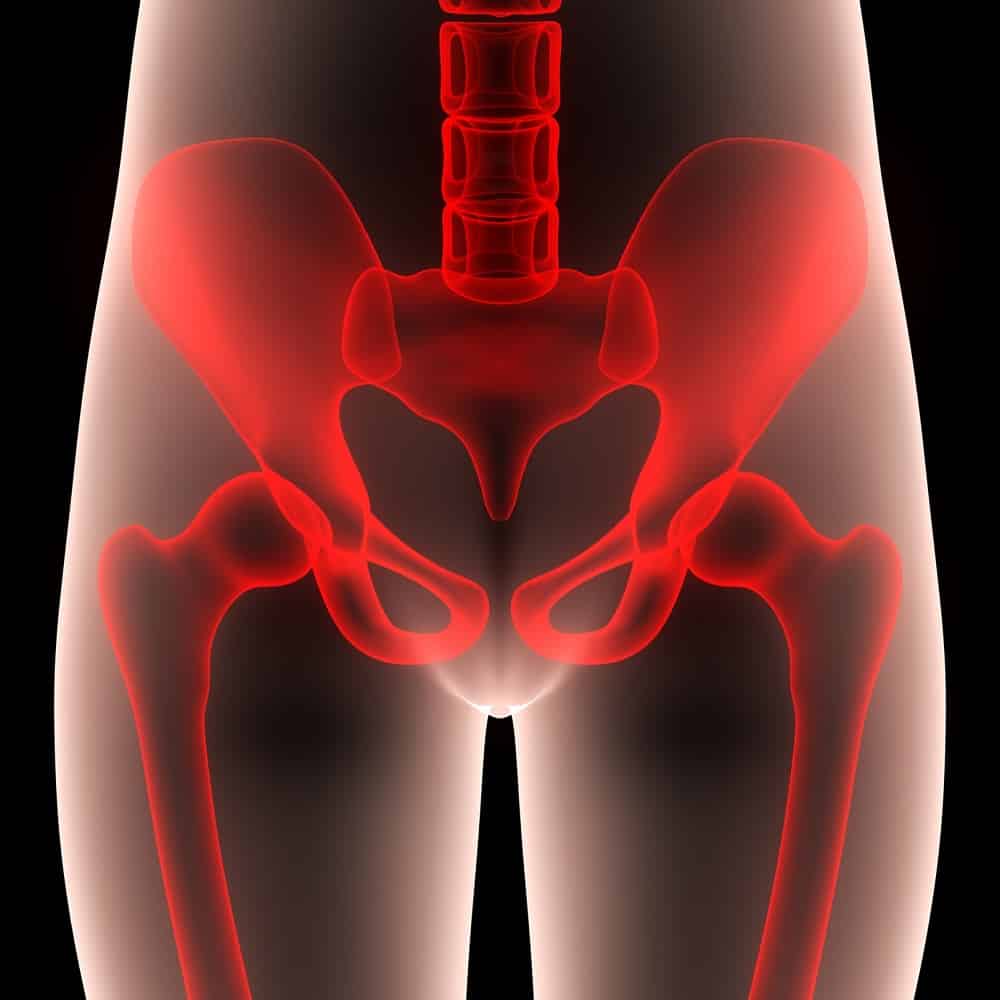Sacroiliac joint (SIJ) is an area that can become painful and problematic for a lot of people. As its name implies, the SIJ is located where the bottom of the spine (sacrum) meets the back of the pelvis (ilium). When this joint becomes stiff (hypomobile) or too loose (hypermobile), it results in a condition called SIJ dysfunction. The condition can occur in both males and females of all ages, but is more frequently seen in females.
The increased incidence in women is likely due to changes in women's hormones during pregnancy or the menstrual cycle that can affect the laxity of the pelvic ligaments. SIJ dysfunction can also occur following a force through the joint such as falling on one side or taking a big unexpected step or landing. Additionally, this joint can become dysfunctional with certain overtraining like prolonged running on crowned or uneven surfaces creating imbalances in the pelvic joints and muscles.
Symptoms typically are present on 1 side of the back, and affect 10% to 25% of patients with complaints of low back pain. (1)
Common Symptoms
People with SIJ dysfunction often experience pain localized to one side of the pelvis, low back or tailbone. The pain can be sharp or dull and may even radiate down the leg to the knee. Certain movements like standing after sitting, turning or twisting can be painful. Symptoms can be worsened with prolonged walking, standing or sitting and may lessen with lying down. There is usually associated tightness and tenderness in the muscles along the back of the hip and buttock.
Diagnosis
Information of the history of the symptoms along with physical findings lead to a diagnosis of SIJ dysfunction. Descriptions of when and how symptoms started, where pain is located, what is the nature of the pain, and if there are any movements or activities that aggravate or ease the pain.
A therapist examination will include the spine position, strength tests of specific muscles, and movement tests to assess flexibility and mobility. Special tests help rule out other problems that may benefit from medical intervention.
How PT Can Help
A physical therapist can design a targeted treatment program based on the results of the evaluation and considering the individual goals for getting back to pain free daily activities or return to sport. Treatment for SIJ dysfunction typically include manual therapy techniques such as therapeutic massage to release tight muscles, muscle energy technique to align the sacrum and pelvis, joint mobilizations to help with the mobility of the surrounding joints and dry needling to address any trigger points in the muscles. Corrections with manual therapy are reinforced with specific exercises to improved flexibility, increase strength, maintain alignment, and decrease the stresses at the SIJ during movements. Education on proper movements and postures assist in returning to daily activities and help avoid reoccurrence of the problem.
Sources: moveforwardpt.com





